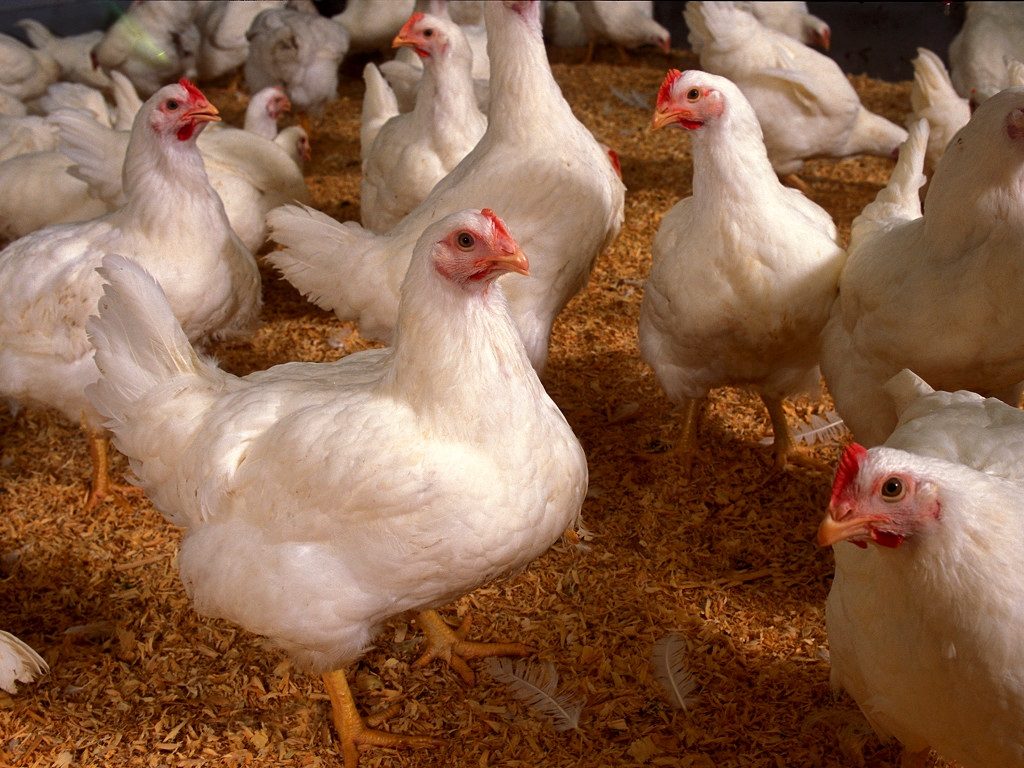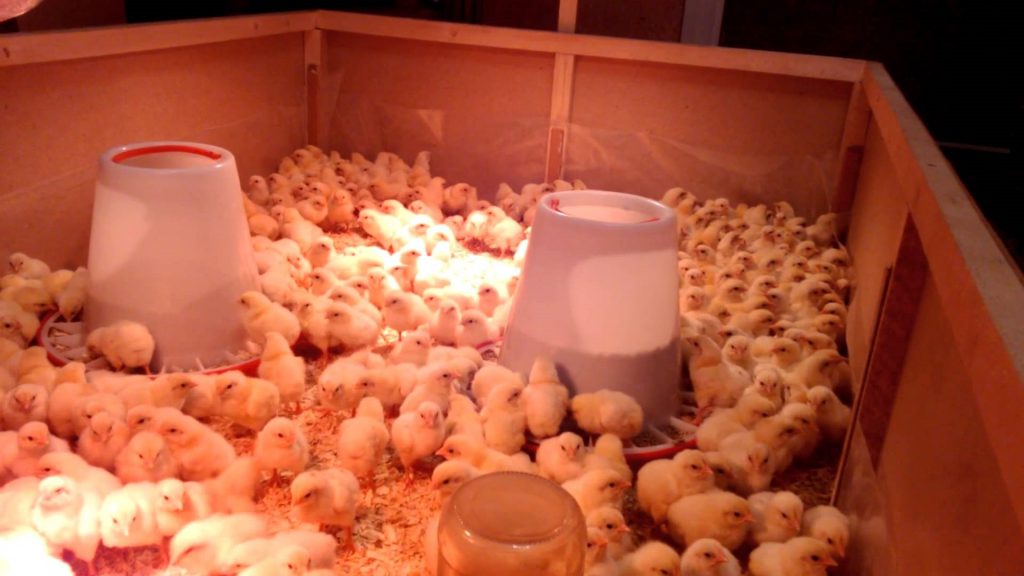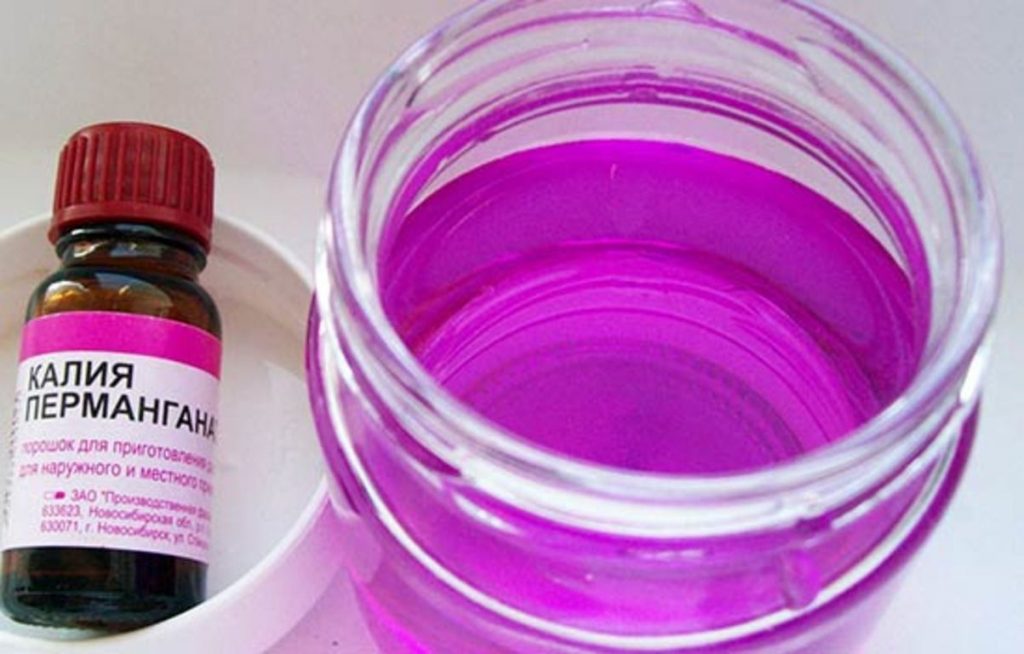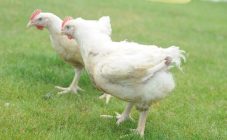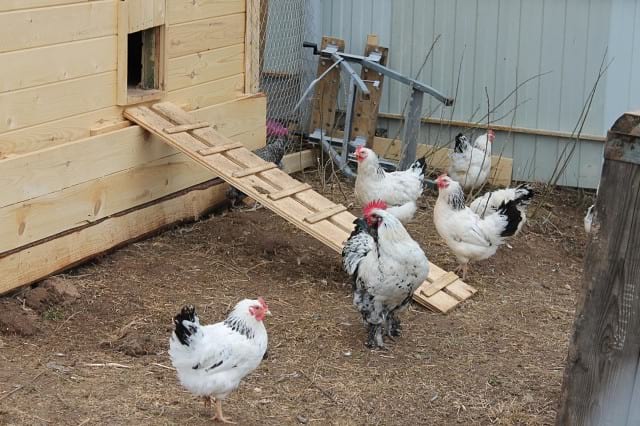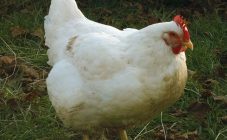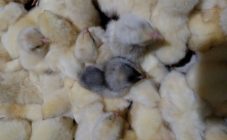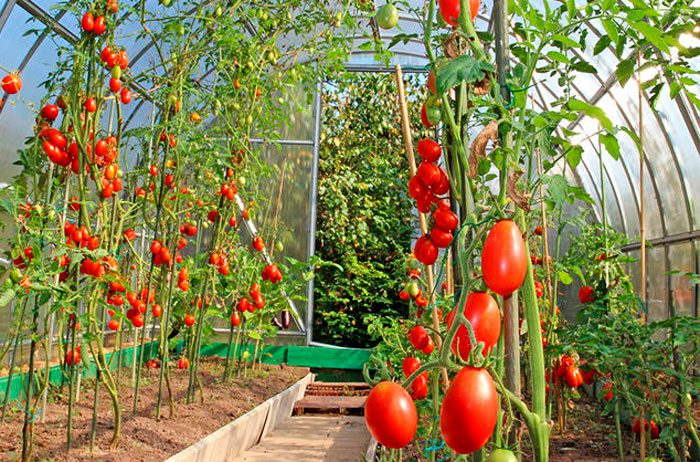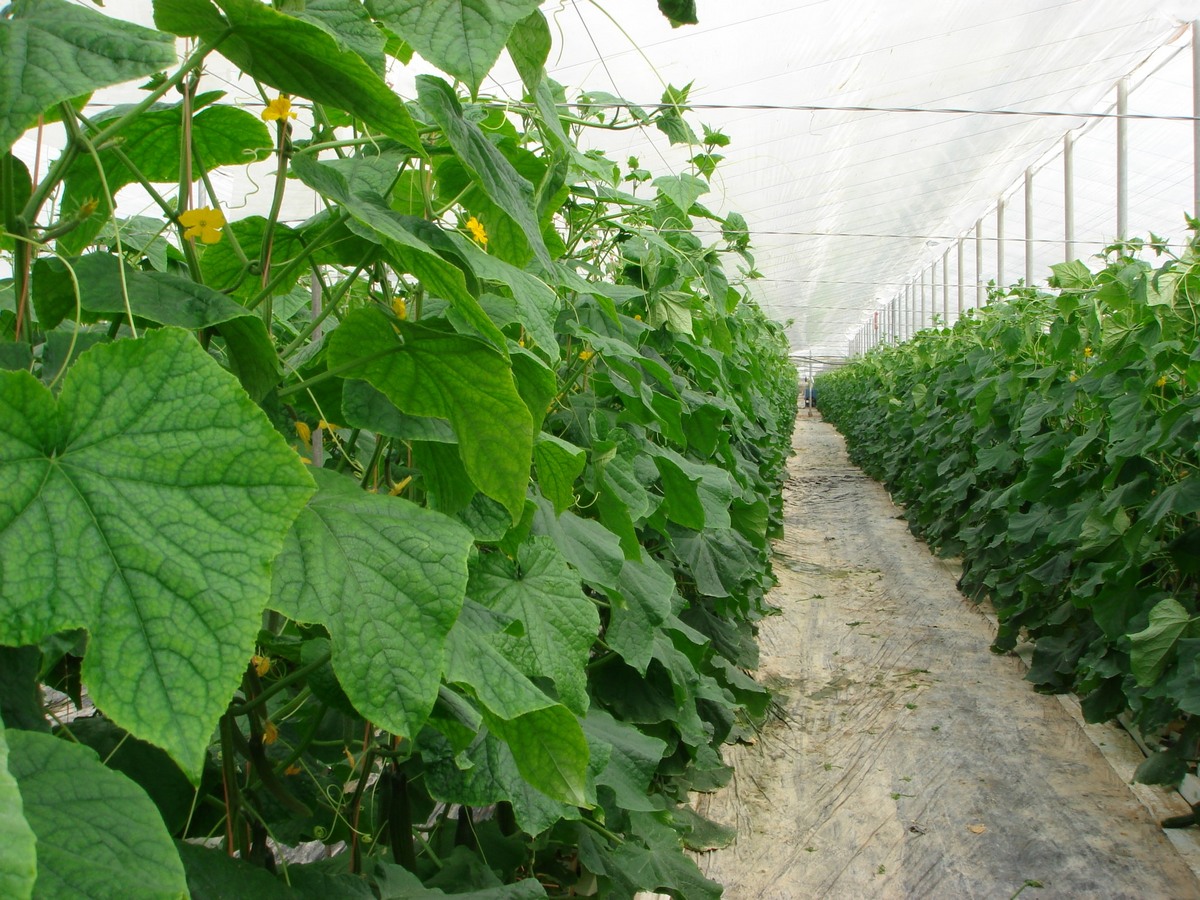Content:
Broilers are chickens bred to obtain high quality meat products. Broiler meat is tender, quick to cook, suitable for dietary nutrition. When growing a bird, you need to provide it not only with proper nutrition, but also with a special microclimate. One of the main parameters is the temperature of the broiler chickens. The article discusses how this indicator changes depending on the age of the bird, how to properly care for chickens and broilers at home.
Chicken and broiler care rules
Chicks are worth buying from trusted producers. It is better if it is a hatchery station, since in such farms the percentage of healthy viable poultry is higher compared to factories. If the poultry breeder has little experience, it is advisable to buy chickens at the age of 5-10 days, and if the breeder has been working with poultry for a long time, then you can buy inexpensive chickens at the age of 1 day. The broiler rearing period is 7-8 weeks. Fattening weight 1.5-2.5 kg. It is economically impractical to keep the bird longer than this time.
Once pets are purchased, the following conditions must be met:
- heated chicken coop;
- a small area for walking;
- sufficient amount of food and water for drinking at the correct temperature.
The coop inside is thoroughly cleaned and washed with disinfectants. An area with a warm, fenced floor and bright lighting should be about 60 cm² per head. The walking area is securely fenced off from all sides, for example, with worn-out window frames. Broiler chicks should not move too much to build up mass more quickly. However, the complete restriction of the movement of the bird leads to the fact that the meat becomes tough. Chicks can be sent out during the warmer months from 1–2 weeks of age, starting from a few minutes outdoors without taking the chicks out of the carton.
In the first 14 days of life, 35 to 38 g of feed is needed per chick, fed 5-8 times a day. In the period from 14 to 28 days, the volume of feed is increased to 100 g of feed per head, then up to 150 g.
When keeping poultry in households, it is more convenient to use combined feed. In the morning and in the evening, they give wet food, at night - grain (wheat, corn, barley, peas). Vegetables, whey, yogurt, cottage cheese, food waste, chopped young herbs are added to the diet. Even with such a varied diet, chickens need vitamin and mineral supplements (trivitamin, chiktonik), meat and bone meal, table salt.
Young poultry need clean water in sufficient quantity, otherwise they risk getting metabolic disorders in the form of uric acid diathesis. A sign of a lack of water is a wrinkled, bluish ridge. If an adult bird does not receive enough water, this can lead to general intoxication of the body or peritonitis.
At the age of 1-3 days, the water is heated to 33 ° C. From 4 to 7 days of life, drinking water is supplied heated to 30 ° C. In the future, the temperature of heating drinking water is reduced daily by 2 ° and stopped at 20 ° C.It is advisable to use ready-made drinkers specially designed for chickens, they do not have the possibility of feathers getting wet or even that the bird may choke.
By the time they reach 1 month, the young should weigh at least 500 g, on average 600-650 g.
Temperature regime when keeping broiler chickens
Immediately after birth, chickens lack a thermoregulation mechanism due to imperfect functioning of all organs. The muscle mass is still too weak for the body to be provided with sufficient heat during movement. Therefore, the optimal temperature regime for keeping broilers is vital for them.
To maintain the desired temperature in the chicken coop room, household floor heaters or infrared lamps are used. Do not allow pets to move away from a heat source. The best conditions for broiler chicks are in the brooder, which is a box with a controlled climate and lighting. Temperature range for broilers:
- from 1 to 5 days of life - 32-35 ° С;
- from 6 to 10 - 30-32 ° C;
- from 11 to 20 - 26-28 ° C;
- after the 21st day - 20-24 ° С.
Broiler temperature: table
| The age of the young, days | Indoor temperature, ° С | Illumination, h | Relative humidity, % |
|---|---|---|---|
| 01.05.2018 | 32-35 | 20-24 | 60-70 |
| 06.10.2018 | 30-32 | 18-20 | 60-70 |
| 01.11.2020 | 26-28 | 16-17 | 60-70 |
The table shows that the optimal temperature regime for broilers at the age of 3 weeks is 26 ° C. Newbie poultry farmers are interested in what temperature broilers should have at 1 month. The answer from professionals is about 20 ° C. In winter, with the onset of severe frosts and at night, it is possible to reduce the temperature in the room for monthly broilers to 18 ° C.
Poultry tips
To get high quality broiler meat, you need to buy poultry of highly productive crosses. In the conditions of households, ROSS-38, 708, Gibro-6, Broilers-61, KOBB-500, Smena, Hubbard F15 have proven themselves well. Broiler chickens KOBB-500 and ROSS-38 may have a slightly bluish color of beaks and legs, their tummies are slightly enlarged.
When introducing new feeds into the diet, you should be careful when giving the chickens boiled potatoes. A large amount of this product can lead to serious problems with the intestines in poultry, up to volvulus and death of pets. In the main period of feeding, mash and concentrated feed should prevail in broilers' ration, and by the end of feeding - juicy food.
It is worth carefully observing the pets and listening to their breathing. If it becomes intermittent, then the air in the room with the bird is waterlogged, ventilation must be provided. If broilers are inactive and spend a lot of time lying on their feet, the bird's body lacks vitamin D. If the bird's feathers have lost their shine and break easily, the room is too dry.
As a disinfectant to prevent intestinal disorders in poultry, a previously diluted potassium permanganate is added to the drinking water every other day, the resulting pink solution is thoroughly mixed. Drinkers and feeders should be washed with sodium bicarbonate after each feed.
The floor in the chicken coop is kept clean and kept warm. For chickens, you can use a bed of straw, which is laid on a small layer of slaked lime. The straw is often changed to prevent decomposition of plant debris and fecal matter of birds.
If you take into account all the recommendations and advice above regarding the content and temperature regime, then even a novice breeder will not have any problems with breeding broilers for meat.
